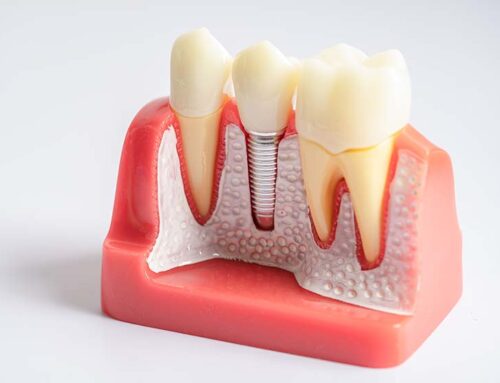Laminate veneers, one of the standout applications in aesthetic dentistry in recent years, are a successful method that quickly achieves both aesthetic and natural-looking teeth.
Although known by different names such as veneer teeth, leaf coating, porcelain laminate, leaf laminate, laminated teeth, laminate veneer, and leaf porcelain, they all refer to the same procedure. While in past years we admired healthy and white smiles on famous stars, unlike traditional coating methods, with laminate veneers, we can achieve a natural and aesthetic result.
The application of laminate porcelain teeth allows for minimal abrasion, preserving the maximum level of tooth enamel, thereby enabling the restoration of the teeth.
Cosmetic Dentistry Process
Laminate veneers are extremely thin porcelain pieces bonded to the front surface of teeth. They are nearly as thin as a leaf, hence the name. The thickness of these porcelain leaves, ranging from 0.2mm to 0.5mm, varies depending on the amount of abrasion on the teeth. In some cases, no abrasion is necessary, allowing you to revert to your own teeth if you choose to discontinue veneer application later.
Until recently, the most common treatment in dental restorations, porcelain crowns, required cutting the entire tooth, whereas for laminate veneers, only minimal abrasion of the front surface is needed. This minimal abrasion ensures minimal substance loss in the tooth, preserving dental health. Moreover, the dark reflections of metal-backed coatings and the matte appearance of traditional methods are far removed from aesthetics. In contrast, the semi-transparent appearance reflecting light and the natural appearance inherent in the material of laminate veneers make it difficult to distinguish from your natural teeth.
Laminate porcelain allows for personalized smile design. By performing digital smile design and taking measurements of teeth, a sample application can be seen in advance. With a total treatment time of 7-10 days, including abrasion, measurement, trial, and optional adjustments, visiting your dentist for 2-3 sessions is sufficient.
Temporary tooth material placed during treatment ensures comfort for the patient in terms of appearance and eating and drinking, making the one-week waiting period comfortable.
Following completion of laminate porcelain treatment, the adjustment period is very short. The absence of abrasion on the back surface of the teeth allows for natural chewing. In some patients, temporary sensitivity lasting a maximum of one week may occur.
Which Teeth Are Laminate Veneers Applied to?
It is an application preferred for color changes that occur due to antibiotics, genetic reasons, and various reasons over the years. It is a successful method for gaps between teeth, problems with spaced teeth, various dental misalignments, worn, and broken teeth.
Advantages of Laminate Veneers
Laminate porcelain, which does not cause discoloration due to factors such as tea, coffee, and cigarettes, is resistant to abrasion and maintains its brightness.
The new smile designed by combining factors such as the person’s facial shape, age, gender, natural smile, and expectations ensures that the teeth are natural in color and shape as well as aesthetic.
Routine brushing and flossing habits, essential for natural teeth, are sufficient for maintaining laminate porcelain teeth.
I also recommend a dental examination every 6 months to maintain the health of all your teeth.
Cosmetic Dentistry Prices
Applications for cosmetic dentistry, especially laminate porcelain, laminate veneers, smile design application costs, are higher compared to other applications. Factors such as materials used, procedures performed, design, and production costs determine the price. Treatment depending on high technical knowledge and experience, quality material, and laboratory process affect the price. For detailed information, please contact our clinic.







Leave A Comment